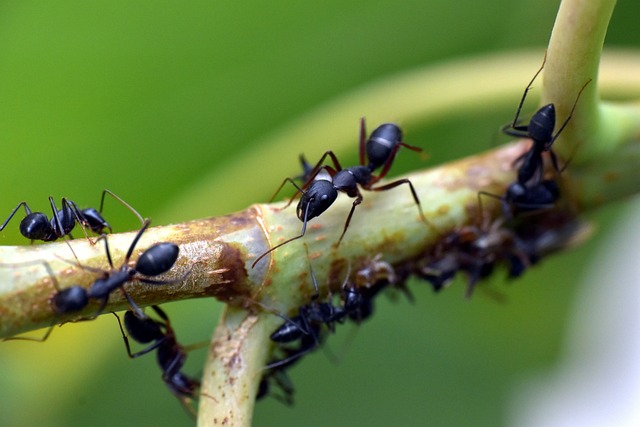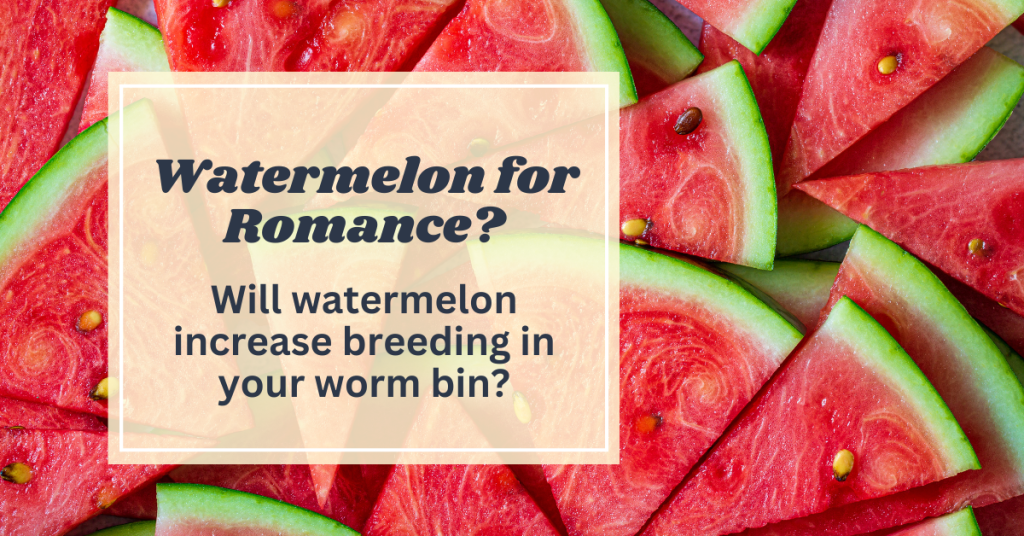Can I Make a See-Through Worm Bin?
Please note that this post may contain affiliate links, which means we may earn a commission if you make a purchase through our links, at no extra cost to you. Learn more.
You may have seen ant farms where you can observe the intricate tunnels and teamwork of ants. Naturally, you might wonder if you could do the same with a worm farm—creating a see-through version to watch your worms in action. While this idea sounds fun, there are important reasons why it may not be the best option for vermicomposting.
Why Worms Prefer Darkness:
Worms, particularly composting species like red wigglers (Eisenia andrei), are highly sensitive to light. Unlike ants, which are more tolerant of exposure, worms rely on darkness for survival and productivity.
- Worm Physiology: Worms don’t have eyes, but they possess light-sensitive cells that help them avoid bright environments. Light can cause stress, and worms will naturally burrow deeper into the soil to escape it.
- Stress Factors: Constant exposure to light can reduce worm activity. Stressed worms may feed less, reproduce more slowly, and become less effective in breaking down organic material.
Challenges of a See-Through Worm Farm:
Although it seems like a great way to observe worms, making a transparent worm bin comes with some significant challenges:
- Light Exposure: Worms will avoid the edges of a transparent bin if exposed to light, making it difficult to observe them in action. In the worst-case scenario, they may become so stressed that their health is affected.
- Moisture and Temperature Control: Clear containers can lead to increased evaporation and temperature fluctuations, both of which can harm your worms and disrupt the balance of the bin.
- Worm Behavior: Even in a see-through environment, you might not get the fascinating view you’re hoping for. Worms will burrow into the center of the bin where it’s darker, leaving you with little to watch.

Alternatives for Observing Worms:
If you’re curious to observe worm behavior without disturbing their natural habitat, there are a few other methods to try:
- Worm Observation Trays: Some vermicomposters use shallow trays where worms are briefly exposed to light for observation before returning them to their darker home.
- Time-Lapse Photography: Setting up a camera to capture the slow process of worm activity can provide a unique view without putting stress on the worms.
Key Takeaways:
- Worms thrive in darkness, and exposing them to light through a transparent worm bin can lead to stress and reduced activity.
- A see-through worm farm may seem appealing, but it presents challenges like light exposure, moisture control issues, and altered worm behavior.
- Consider alternatives like observation trays or time-lapse photography to watch your worms without compromising their well-being.









